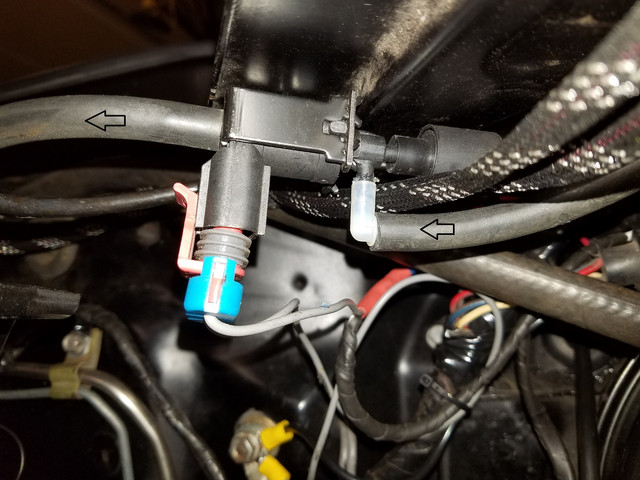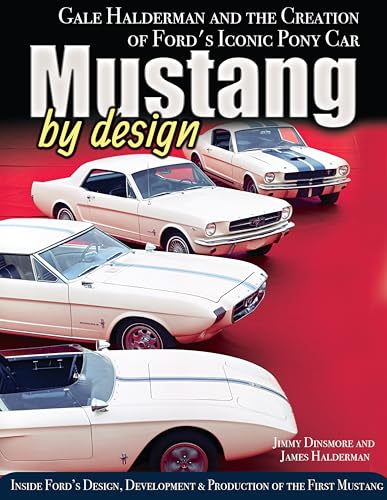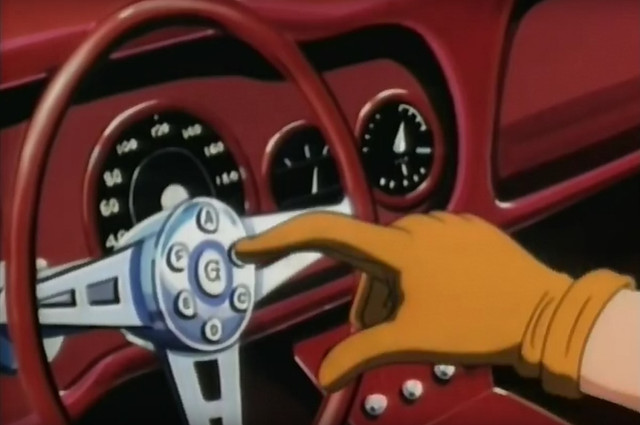- Joined
- Apr 8, 2015
- Messages
- 527
- Reaction score
- 72
- Location
- Upstate NY
- My Car
- 71 Mach 1, 351c 4v, C6 trans, grabber blue with white interior
Thanks don! So it sounds like if the car came with the ram air system from the factory then the carb would be rejetted and adjusted to accommodate that. Could the ram-air carb be attached to another Mach without the ram air or would someone need to be aware of what type of setup the carb was coming from (ram-air car vs non ram-air car)?You would need to make sure there is enough fuel going through the carburetor via main and secondary jets and power valve. The combination of cooler (denser) air and supposedly faster air flow could lean out the engine if not set up correctly. You would also need to make sure the total timing was set correctly.
Thanks!























































